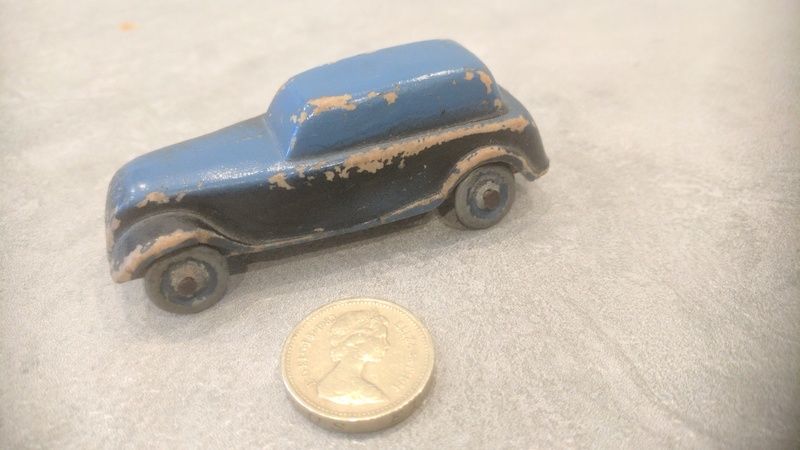The pics below are of a Bakelite car I received amongst a bunch of toys from my mum today.
I guess my challenge is to ask for your help in identifying the car, who made it, how old is it and is it worth anything?
Here's the pics:
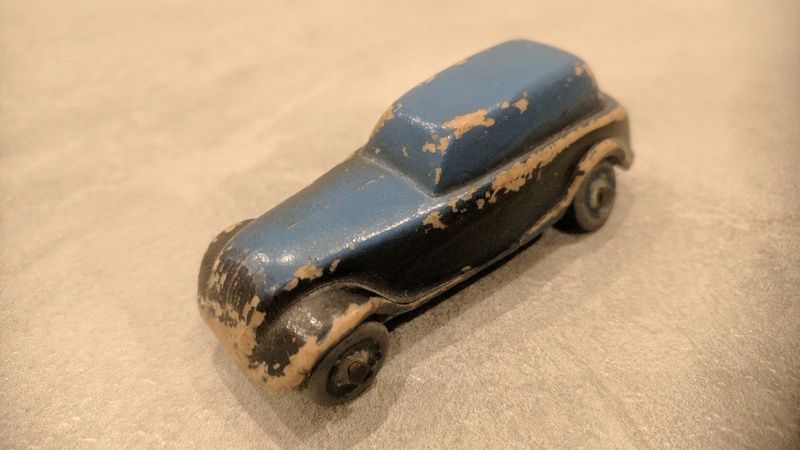

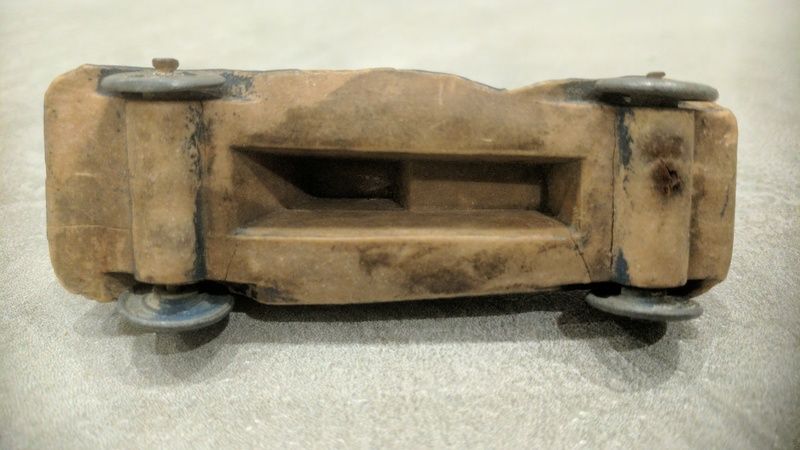



That would be nice but I haven't seen this model and my google searches are proving fruitless so far..YYS4BOB wrote:Codec?
Whilst i don't doubt your identification, I'm a bit surprised that, given the thickness of the moulding, this is made of Bakelite. (Perhaps this helped to overcome the problem of brittleness?)McCarthyMR wrote:The pics below are of a Bakelite car I received amongst a bunch of toys from my mum today.
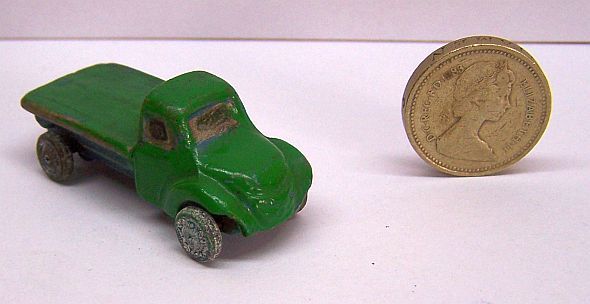
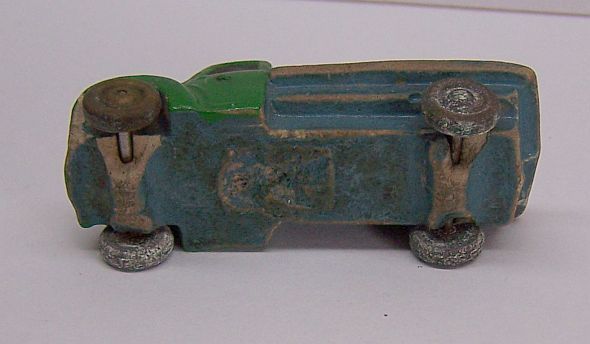
Thanks zBret, I see where you're going and it is very similar. I wasn't aware of the plaster/flour possibility and it does appear very similar to this model.zBret wrote:It looks like that the model is made from -what is known here in France as- "Platre et Farine" which translates literally to plaster and flour, though there is no flour in the mixture. It is actually a mixture of gypsum and clay. A few French firms manufactured models using this material, in the 1930s. Most notably CIG (Compagnie Industrielle du Jouet) whch officially called the material
“matière plastique - it was later with the advent of newer plastics that it became more commonly referred to as Platre et Farine.
I have a small model which appears to be a Citroen flatbed -owing to the double chevron on the grill- made from this material,I have yet to identify by whom it was made.
I'm sure what marque of vehicle you model may be but it does seem to have French lines to the style of it, so perhaps it came from here. I'm not sure if any other manufactures used this material outside of France.
What size is the model ?
zBret
